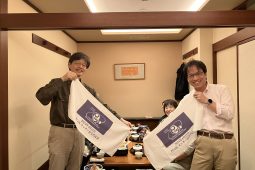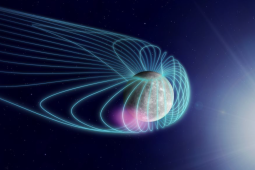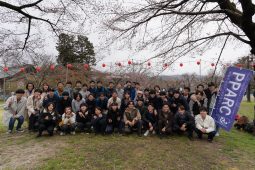PPARCセミナー(2023/12/08)

PPARCセミナー(2023/12/08)
(1)
[Name]
Takeshi Sakanoi
[Title]
Sounding Rocket Project LAMP2 and Development of the Onboard Aurora Camera
観測ロケットLAMP2計画の紹介と搭載オーロラカメラAICの開発
[Abstract]
The sounding rocket LAMP2 is a joint project of Japan, the United States, and Europe, and it will be launched from Esrange, Sweden into the the field of view of EISCAT_3D radar to clarify the effects of high-energy electrons (microbursts) associated with pulsating aurora on the middle atmosphere. Last year, out proposal to NASA was not selected, however, the team is now discussing submitting another application this year. The launch date is set for the winter of FY2026. We plan to install two auroral cameras on this rocket. In this seminar, I give an overview of the plan and the current status of the development of the onboard auroral cameras called as AIC.
日米欧共同のLAMP2ロケットは、脈動オーロラに伴う高エネルギー電子降下(マイクロバースト)が中層大気に及ぼす影響を明らかにすることを目的として、スウェーデン・エスレンジよりEISCAT_3D視野中に打ち上げられる。昨年NASAへの公募は採択されなかったが、本年再度応募することをチームで検討している。再応募でも打上時期はかえずに2026年度冬期としている。東北大はこのロケットに2台のオーロラカメラを搭載する予定である。本セミナーでは計画の概要と搭載オーロラカメラAICの開発の現況を報告する。
(2)
[Name]
Hiroaki Misawa
[Title]
Review: Expected source of spectral fine structures of metric solar type II radio bursts
[Abstract]
It is well known that a type II burst is one of sporadic and intense solar non-thermal radio phenomena, which shows gradual negative frequency drift in the metric to kilometric wavelength ranges and is generated with a coronal mass ejection (CME) event. As a plausible generation process of type II bursts, it is proposed that electro-static plasma waves originated from energetic electrons are effectively converted to electro-magnetic waves (type II bursts) at the region where the local plasma frequency is equal to wave frequency. A type II burst often occurs with energetic protons and ions with the energy of more than the MeV grade, and such an energetic phenomena is called a solar energetic particle (SEP) event. The coincident occurrence of type II bursts and SEPs strongly suggests that both energetic electrons and protons/ions would be the same origin initiated by a CME event. So, the studies of source location for Type-II bursts is important for elucidating not-well known origin of SEPs.
We have investigated the relationship between SEPs and metric type II bursts from a view point of the clarification of characteristics of SEPs from the occurrence characteristics of type II bursts, especially their spectral fine structures with a time scale of a hundred millisecond identified in the metric wavelength by our group. From the drift rate analyses for the spectral fine structures, two possibilities are suggested for their origin: 1)the fine structures are just apparent ones where radio waves are generated in some expanded area simultaneously if the source regions are in relatively dense plasma condition, or 2)the fine structures reflect fast drifting electrons with radiating short-term radio bursts if the source regions are in not so dense plasma condition. Preliminary drift rate analyses for the main slow-drift structures of type II bursts show that the expected plasma density for the sources of each type II burst is ‘not so dense’, which implies the sources may be at frank region of CME.
Recent radio imaging (and/or EUV imaging) observations give some (direct) information on the source regions of type II bursts. In this seminar, we will review some recent papers related to source survey of Type II bursts and will discuss the origin of the spectral fine structures.





